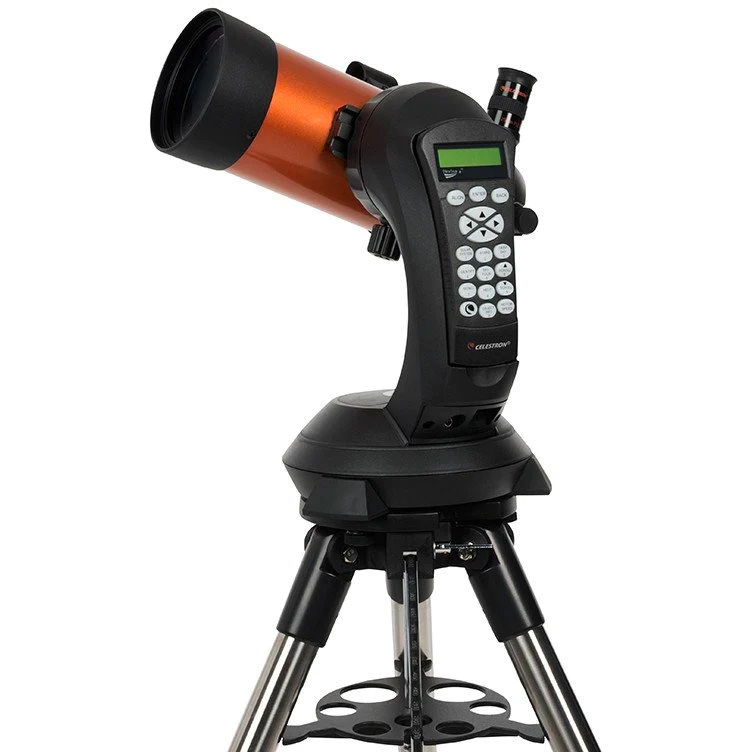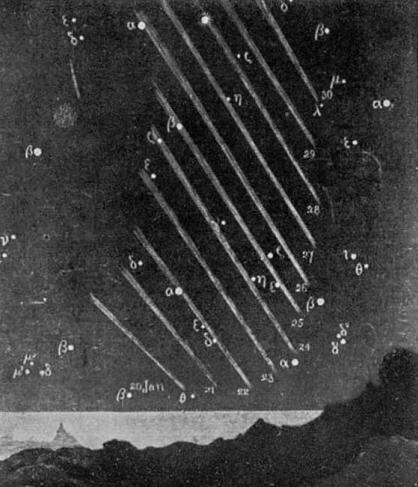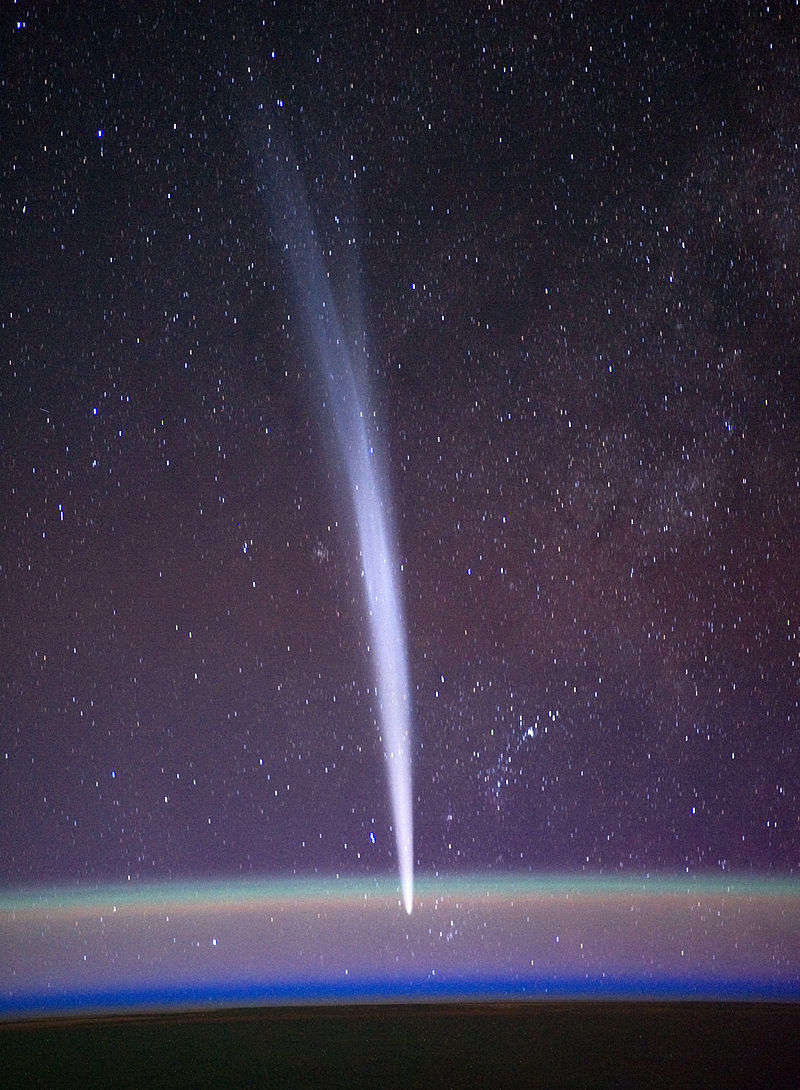Headless 'Halloween comet' could already be doomed

The latest update concerning "the other comet" of October 2024 — Comet C/2024 S1 (ATLAS) — is that it continues on target to completely disintegrate before it sweeps around the sun early next Monday.
Back on Oct. 10, Space.com published an article indicating that this comet — which belongs to the Kreutz family of sungrazing comets — was in the process of disintegration and would likely not develop into an eye-catching object like its early October predecessor, Comet Tsuchinshan-ATLAS.
However, an online story published this past Monday evening (Oct. 21) in a New York City tabloid, apparently ignited a renewed surge of excitement by indicating that Comet ATLAS would evolve into a "Halloween treat" which, according to a NASA official who was quoted in the article, "may become bright enough to see during the daytime." Unfortunately, this is all a fallacy.

Want to see comets in the night sky up close? The Celestron NexStar 4SE is ideal for beginners and provides excellent views of a wide range of objects. For a more in-depth look at our Celestron NexStar 4SE review.
Comet ATLAS is more likely to simply disappear into the solar glare in the upcoming days. It has already shown indications that it is gradually breaking apart, which could be the main reason why it is brightening so very slowly as it races inward toward the sun.
Normally, a potentially bright comet would tend to rapidly ramp-up in brightness as it gets progressively closer to the sun, but with less than a week to go before Comet ATLAS comes to within literally a hairbreadth of the sun's surface (called the photosphere), it has not brightened much at all. Most observers have placed it at around magnitude +10, which is still about 40 times dimmer than the faintest star that can be perceived with the naked-eye without any optical aid, and some have indicated that it has even faded in recent days.
Want to make sure you see the next comet? Take a look at our guides on our best telescopes for beginners or the best binoculars to find the optics you need to see the next icy visitor to speed past the inner solar system.
Breaking space news, the latest updates on rocket launches, skywatching events and more!
Here we go!Comet ATLAS (C/2024 S1) could become a -6.7 mag daytime object on the 28th, albeit, it will be very close to the sun at the time, and all caution must be taken. Image taken on the 20th. Courtesy Gerald Rhemann. pic.twitter.com/qJETKOMV9LOctober 21, 2024
Part of a big breakup a millennia or so ago
Apparently, in the distant past — perhaps nearly a thousand years ago — a single giant comet fragmented into countless numbers of pieces of different sizes. And it's quite probable that these fragments have themselves broken up repeatedly as they've orbited the sun, resulting in periods ranging from about 500 to 800 years.
Each of these pieces apparently swings extremely close to the sun, coming to within less than a million miles of its surface. Comet ATLAS is one of these fragments. Orbital calculations showed that it was destined to indeed "graze" the sun's surface next Monday, Oct. 28, coming to within a scant 341,000 miles (548,800 km).
Here we go!Comet ATLAS (C/2024 S1) could become a -6.7 mag daytime object on the 28th, albeit, it will be very close to the sun at the time, and all caution must be taken. Image taken on the 20th. Courtesy Gerald Rhemann. pic.twitter.com/qJETKOMV9LOctober 21, 2024
Will it survive a close brush with the sun?
At that extremely close distance, the comet will be immersed deep within the sun's outer atmosphere or corona, and will be subjected to temperatures of at least one million degrees F. (555,537 degrees C), as well as endure tremendous gravitational forces which could completely tear it apart. In order to survive, Comet ATLAS will whiz around the sun along a hairpin-curved shaped orbit at a speed of over a million miles (1.6 million km) per hour. But by that time, the damage may already have been done and nothing may remain on the comet's return to deep space.
Those of us here on Earth might be able to track the comet — if it is still intact — as it passes closest to the sun early on Monday, Oct. 28, using real-time imagery from the LASCO C3 coronagraph on the Solar and Heliospheric Observatory (SOHO), which monitors the sun 24/7. Comet ATLAS will appear to pass very close above the sun around 8 a.m. EDT on Oct. 28. Observers were able to follow Comet Tsuchinshan-ATLAS in this manner earlier this month.
Initially hoped for a bright show
Comet ATLAS was discovered on Sept. 27 in Hawaii by the Asteroid Terrestrial-impact Last Alert System (ATLAS) project, the object was initially cataloged as "A11bP7I." But shortly thereafter, enough observations came in to confirm that it was indeed a comet and not an asteroid. When orbital calculations indicated that it belonged to the Kreutz family of sungrazing comets, a surge of excitement followed, because some Kreutz comets have evolved into some of the brightest on record.
In addition, the Great Comets of 1680, 1811, 1843 and 1965 had gloriously bright tails stretching for many tens of millions of miles. Initially, it was hoped that Comet ATLAS would evolve into this type of comet, but we now know that is likely not going to happen.
A headless comet?
On the other hand, there might still be something to see early on Halloween morning or during the opening days of November. It brings to mind a spooky Halloween tale: The Headless Horseman. It is a recurrent story involving a mythical figure whose origins can be traced back to Europe; traditionally depicting a rider on horseback who is missing his head.
As it turns out, according to astronomer Qicheng Zhang of Arizona's Lowell Observatory, Comet ATLAS "... has almost certainly disintegrated," adding, "There's probably not much left of its primary core." That having been said, it now seems likely that even under the best of circumstances, this newcomer — after coming within a minim of the sun on Monday — can only hope to present itself as a short-lived disembodied tail after it closely sweeps around the sun — if any sort of remnant is left at all. A headless comet is not unique. In January 1887, The Great Southern Comet of 1887 appeared and was seemingly all tail and no head.
As a result, some older astronomical texts refer to it as the "Headless Wonder".
Then, in December 2011, Comet Lovejoy, another Kreutz sungrazing comet, disintegrated just before Christmas, leaving in its wake a bright tail that was seen both from the ground as well as the International Space Station.
When and where to look
So, if you want to try and see a headless comet for yourself, then starting on Halloween morning, about an hour before sunrise, and for about week thereafter, look toward the east-southeast horizon and see if you can catch an appendage that in essence should resemble a faintly glowing airplane contrail stretching upward and tilted toward the right. Scanning the horizon with binoculars will certainly help.
Remember, however, that odds are that the comet may have been completely consumed by its interaction with the sun and as a result, you might not see anything at all.
So, the ballyhooed "Halloween Treat" might, in the end, turn out to be a disappointing trick!
Joe Rao serves as an instructor and guest lecturer at New York's Hayden Planetarium. He writes about astronomy for Natural History magazine, the Farmers' Almanac and other publications.

Joe Rao is Space.com's skywatching columnist, as well as a veteran meteorologist and eclipse chaser who also serves as an instructor and guest lecturer at New York's Hayden Planetarium. He writes about astronomy for Natural History magazine, Sky & Telescope and other publications. Joe is an 8-time Emmy-nominated meteorologist who served the Putnam Valley region of New York for over 21 years. You can find him on Twitter and YouTube tracking lunar and solar eclipses, meteor showers and more. To find out Joe's latest project, visit him on Twitter.


